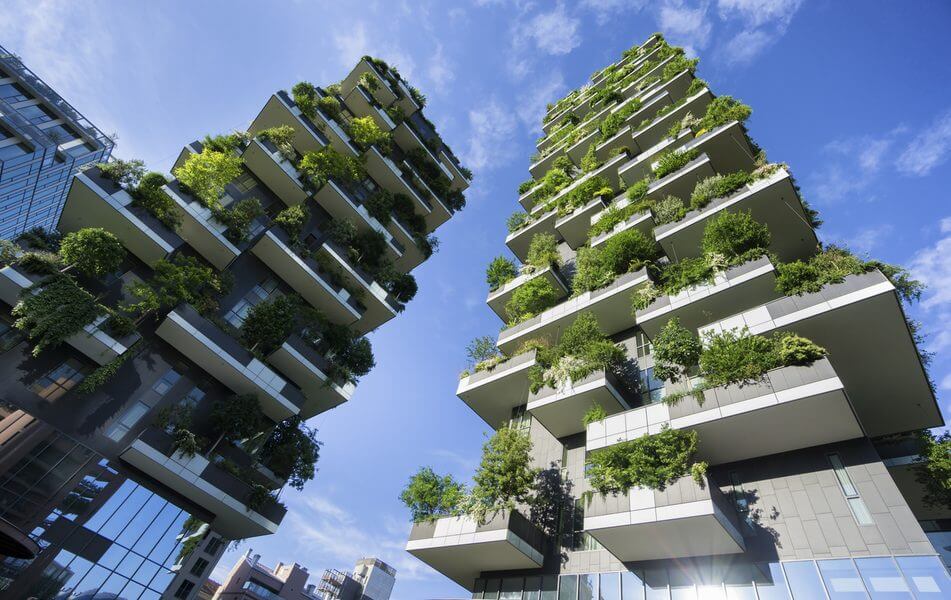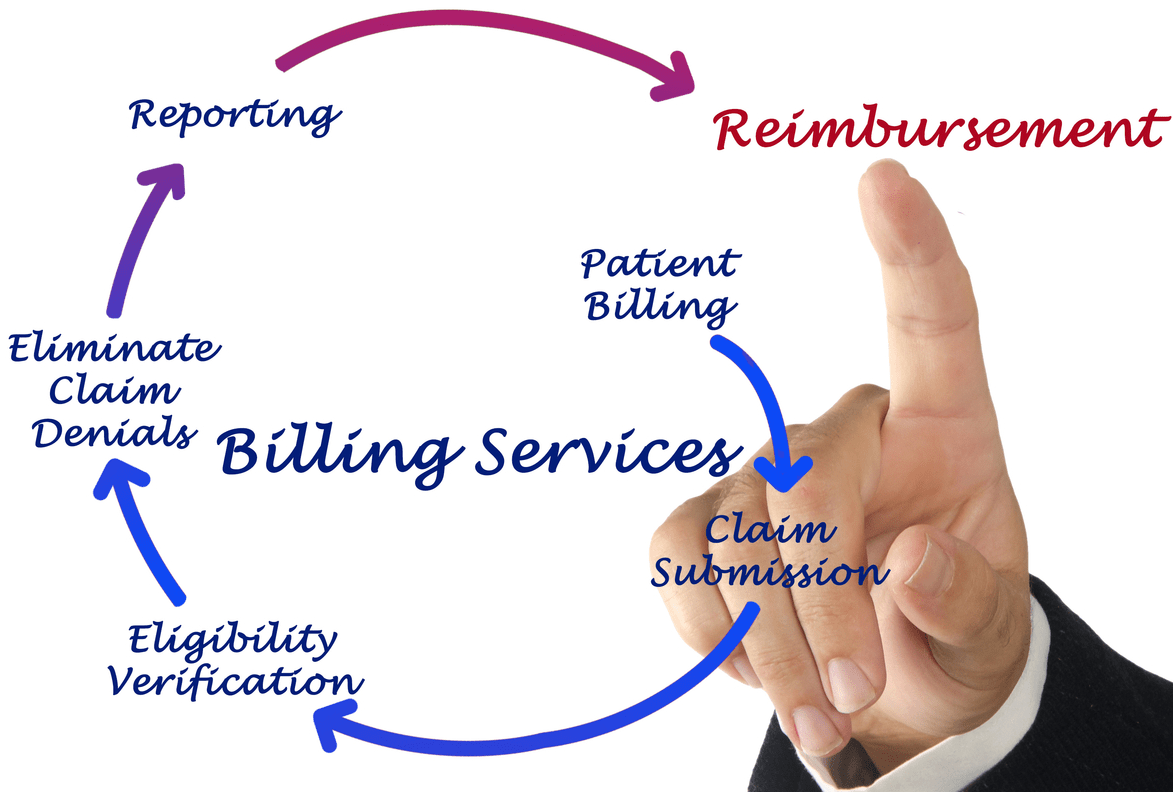Content Attributes
As the world’s population grows, farmers and other players in the food industry face a huge challenge in meeting demand. It’s also obvious that the amount of arable land available to farmers is also decreasing daily with industrialization and urban development. So, as demand for food is increasing while the land is decreasing, it’s become critical for innovators to find more efficient ways to keep our populations fed.
Thankfully, innovators and scientists have discovered some new, advanced ways of farming that can help us adjust to our growing needs. One of these methods which are changing the world is vertical farming. Greenhouse construction contractors are able to make your vertical farming dreams become a reality. In this article, we’ll look at vertical farming, how it works, and a few ways that it’s changing the way we’ll feed our future generations.
What is Vertical Farming?
Vertical farming is what its name suggests – growing crops in a vertical arrangement. Vertical farming is a practice where the farmers grow crops in several layers arranged on top of each other in a vertical format.
This farming method uses indoor techniques to provide an optimum environment for growing crops. It allows the farmer to use multiple building levels to grow crops. These structures are often incorporated into skyscrapers, warehouses, or greenhouses.

Using controlled environment agriculture (CEA), vertical farming allows companies to produce food more efficiently than traditional methods. According to Science Focus, a vertical farm can fit the equivalent of 700 acres of farmland into a building the size of a supermarket.
The global vertical farming market is also growing rapidly, estimated to be worth $4.34 billion in 2021. According to Grand View Research, the market for vertical farming is growing at a CAGR (cumulative annual growth rate) of 25.5%. The market is expected to be worth $33 billion by 2030, presenting another opportunity for sustainable economic growth.
How Vertical Farming Works
Plants still require the same factors today as they have for millions of years, so how does vertical farming work? Well, vertical farming doesn’t work just one way. There are various models that different companies use for farming their crops vertically.
These include patio gardens built into disused shipping containers and specialized structures designed to fit into skyscrapers and feed an entire town. Certain components are critical to vertical farming, however. They’re discussed below:
- Physical structure
An essential component of vertical farming is the ability to grow food in stacked layers. To achieve this, you’ll need a structure that allows you to arrange crops in this format. Usually, this has to be custom-built for the size of your building so you can effectively maximize every square foot of the space.
- Light
Plants require light to grow and manufacture carbohydrates, the main component of our foods. A vertical farm needs an adequate amount of light to permit photosynthesis. A vertical farm may combine artificial and natural lights, but some artificial lights may outperform natural lighting.
- Growing medium
In vertical farming, there is no use of soil. However, plants require a medium that effectively delivers nutrients to their roots for absorption. Depending on available facilities, farmers may use an aeroponic (air-based) or hydroponic (water-based) medium.
Benefits of Vertical Farming
So, why all the bustle around vertical farming? Here are a few reasons why vertical farming is beneficial to farmers, consumers, the agricultural industry, and the environment:
- Efficient food production
A great advantage of vertical farming is producing more food with fewer resources. Vertical farming requires far less land than traditional farming. Additionally, vertical farming uses less water than traditional techniques.
Companies using this technique have found that they can recycle the water on their farms. That allows vertical farms to use between 70 percent and 95 percent less water than traditional methods.
- Produces food throughout the year
As vertical farming becomes more popular, the concept of seasonal crops will slowly fade away. With specialized technology such as Controlled Environment Agriculture (CEA), farmers can keep the conditions in vertical farms at optimal levels for whatever crops they need to produce. That offers a great way for farmers to optimize their productivity and provide more food for growing populations.
- Environmentally friendly
Scientists created vertical farming when we became more aware of human activity’s impacts on the planet. That means that it was created with our earth in mind.
A great feature of vertical farming is that farmers can use energy-efficient technologies to optimize productivity. As vertical farming expands, we can gradually say goodbye to huge tractors pumping tons of exhaust gases into the atmosphere.
Vertical farming also reduces the ‘food miles’ it takes to supply food products to urban populations. They can be sited anywhere, even in large cities, needing less energy to complete the agriculture value chain. That results in a smaller carbon footprint and healthier, more environmentally-friendly food production.
- Requires less use of pesticides
Pesticides such as DDT, Aldine, and Chlordane are highly dangerous to wildlife and the environment. Yet, the current agricultural industry uses them in large quantities yearly.
Vertical farming can change this dynamic and ensure we do not need to use them. How? By growing crops in a controlled indoor environment, farmers can ensure that there are no pests around. This reduces the need for pesticides.
- Improves production capacity
The world’s population is growing rapidly, at about 1% a year. More people are moving into urban areas, and this will lead to increased demand for food. Due to its efficiency, vertical farming provides a way for the world to meet this growing demand.
Taking Everything into Account
Although vertical farming techniques are quite new, the practice holds much promise. The market is growing, and companies that have launched operations in the sector are seeing excellent results. As vertical farming grows, we may improve our ability to feed the growing human population efficiently and sustainably. Contact quality professional contractors to get started!



